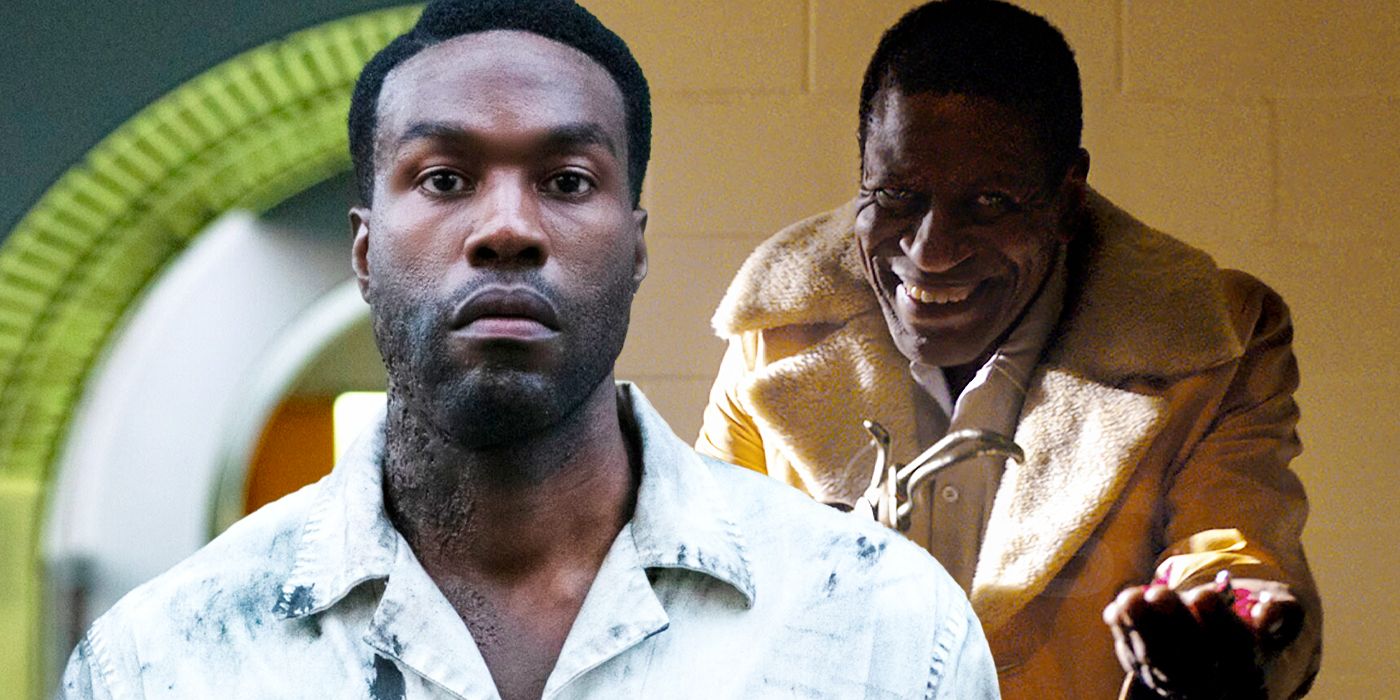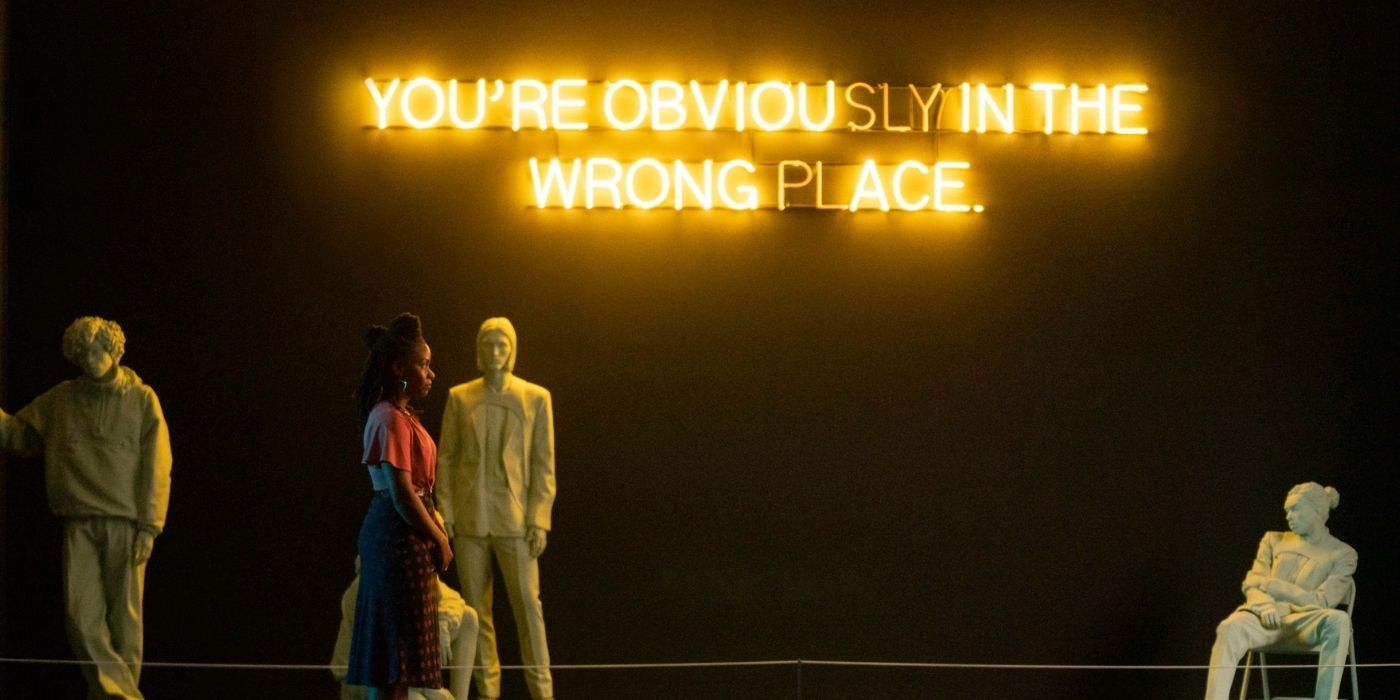
The sequel to the 1992 horror classic Candyman has finally arrived, but does it have a post-credits scene? The horror genre has gone through many ups and downs, reaching its peak in the 1980s with many horror movies that made way for popular franchises, but it slowed down once the 1990s arrived. Although the 1990s are considered a weak decade in horror, it did bring some interesting stories, such as Wes Craven’s Scream and Bernard Rose’s Candyman.
Based on Clive Barker's short story "The Forbidden", Candyman follows Helen Lyle (Virginia Madsen), a Chicago graduate student working on a thesis on urban legends, which leads her to the legend of Candyman, the ghost of an artist and son of slaves who was murdered in the 19th century for his relationship with the daughter of a wealthy white man. The legend says that if you say his name five times in front of a mirror, Candyman appears and kills you with the hook attached to his right arm. Candyman made way for a movie series with three sequels, and the fourth installment, also titled Candyman, is serving as a direct sequel to the original movie.
Directed by Nia DaCosta and with a script by DaCosta, Jordan Peele, and Win Rosenfeld, Candyman now follows Anthony McCoy (Yahya Abdul-Mateen II), a struggling painter who becomes obsessed with the legend of Candyman and incorporates it into his work, with very dangerous consequences. Now, post-credits scenes have become a common practice in the world of movies, and if you’re planning to stick around after the end, you must know that Candyman does have extra material during the credits, though not a post-credits scene per se. As the credits roll, different Candyman origins are shown, along with a link to a page with information on how to get involved in taking on racial injustice and support black creatives.

It’s not surprising that Candyman doesn’t have a proper post-credits scene, as these are not that common in the horror genre, which if anything, have opted for adding more subtle teases, like David Gordon Green’s Halloween did by adding Michael Myers’ heavy breathing at the end. As Candyman deals with themes like racism and fanaticism, it’s not surprising that the crew behind the movie decided to show various origins to the legendary Candyman figure and used that space to support other black creatives, so it’s definitely worth staying as the credits roll.
Whether this new take on Candyman will be granted a sequel or not is to be seen, but for now, fans of the original and those unfamiliar with it can enjoy a modern take on the legend of the man with the hook and bees on his mouth who shouldn’t be summoned, no matter how tempting it can be.
from ScreenRant - Feed https://ift.tt/3zzh2uF

No comments:
Post a Comment